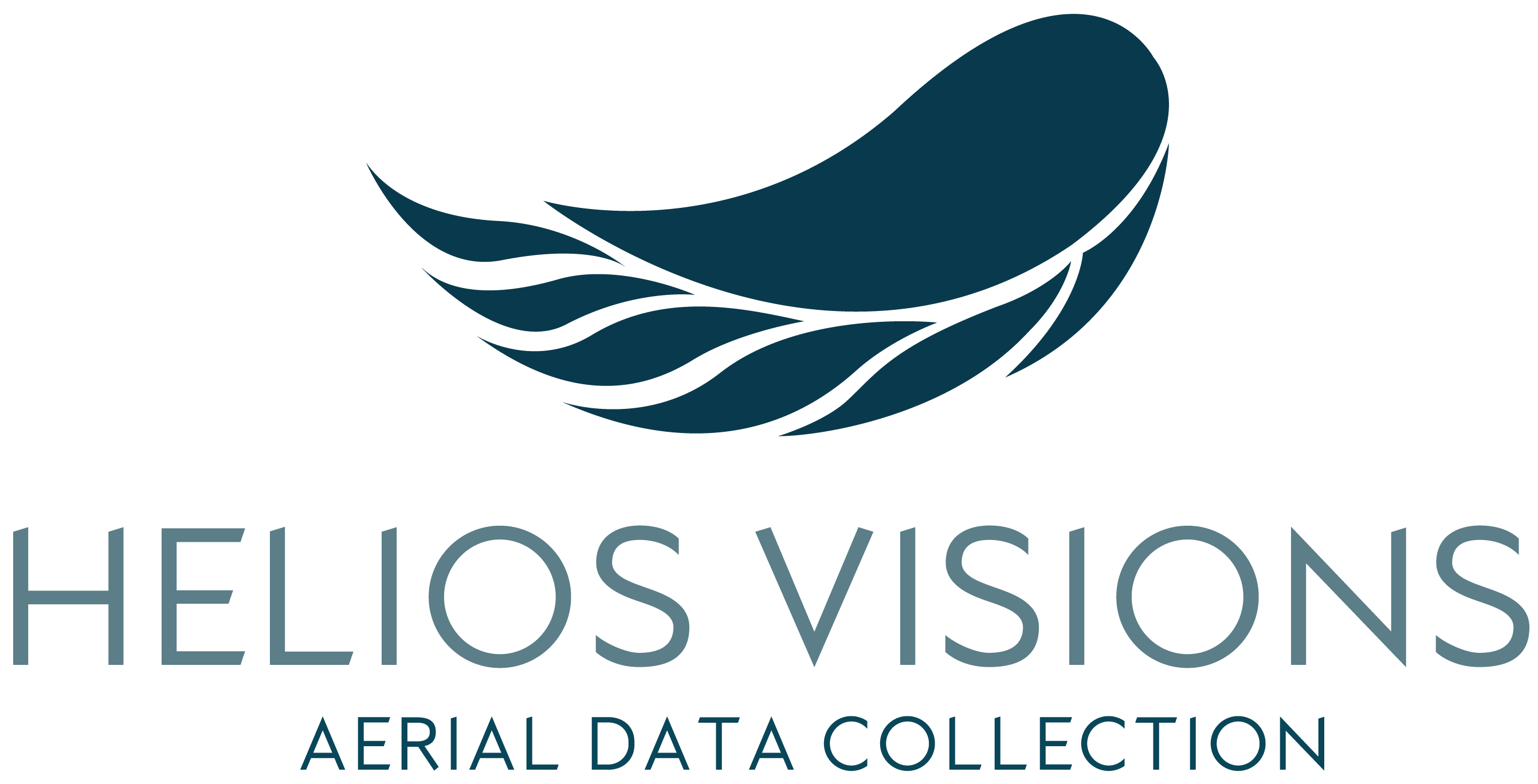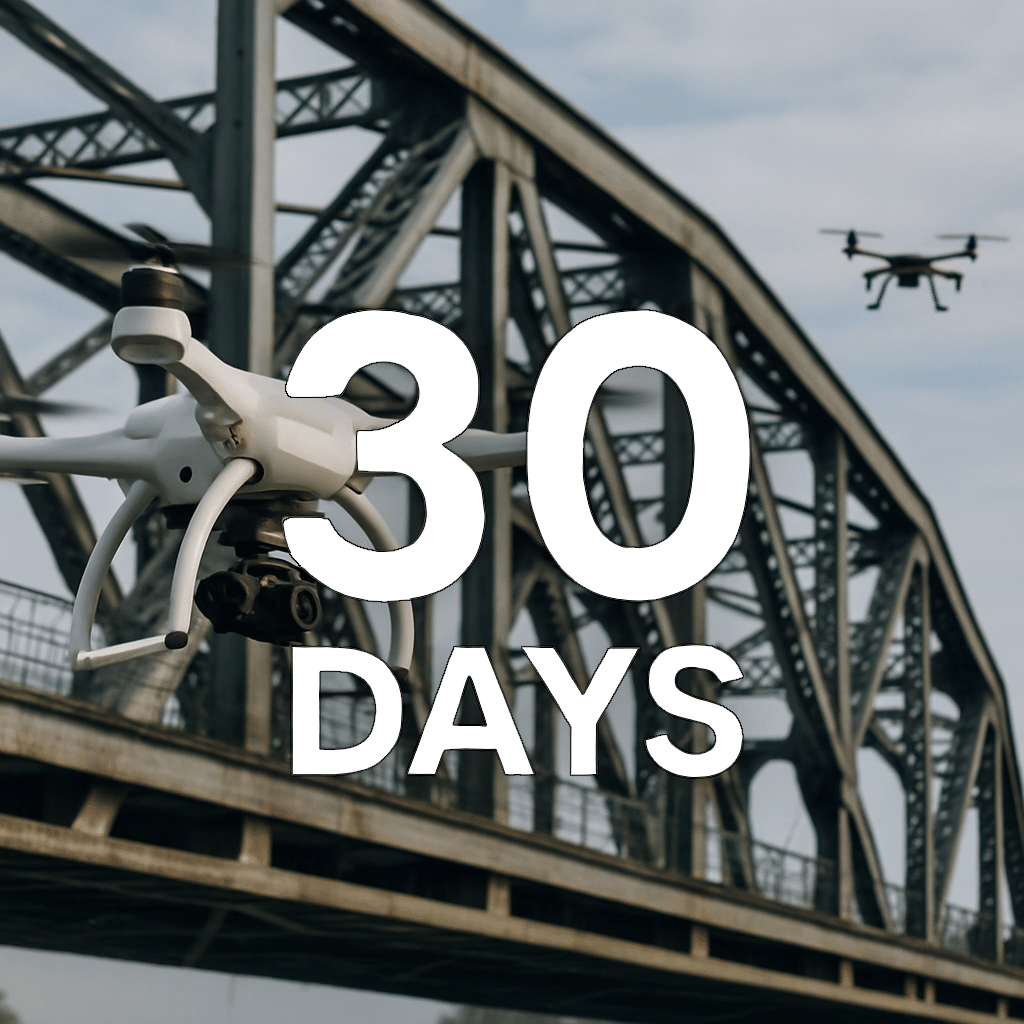Executive Order Puts FAA on the Clock: Drone BVLOS Rules Must Be Published in 30 Days
By Helios Visions | Industry Commentary
TL;DR (Executive Summary)
A new White House Executive Order gives the FAA 30 days to publish a draft BVLOS rule.
It also mandates deployment of AI tools to speed waiver reviews and identify repeatable safe operations.
The drone industry sees this as a long-overdue turning point—but implementation is everything.
Helios Visions supports performance-based BVLOS regulation, Section 2209 clarity, and rapid integration of autonomous drones.
The FAA now faces a clear deadline. The drone industry is watching closely.
The Clock Starts Now: White House Orders FAA to Act on Drones
With the stroke of a pen, the President of the United States has reset the timeline—and perhaps the tone—of American drone policy. The Executive Order on Unleashing American Drone Dominance, signed this week, demands nothing short of a national reset: a 30-day deadline for a draft BVLOS rule, full-scale AI deployment inside the FAA, and a new urgency to end America’s regulatory paralysis around uncrewed systems.
But will this long-overdue executive mandate be a turning point—or just another paper promise?
BVLOS, Finally? Industry Watches with Cautious Optimism
At the heart of the order is what many in the drone industry have waited years for: a clear directive to the FAA to publish a proposed rule enabling routine Beyond Visual Line of Sight (BVLOS) operations within 30 days, and a final rule within 240.
The Stakes Are Measured in Lost Time, Not Just Dollars
For years, operators have run up against regulatory walls that stall innovation. A drone dock sits idle, waiting on waivers. A utility inspection is delayed due to Section 2209 ambiguity. A public safety agency reverts to manual surveys because Part 107 can’t keep up.
These aren’t edge cases—they’re everyday friction points in a broken policy environment.
The Executive Order names this failure directly: “The time has come to accelerate testing and to enable routine drone operations.”
But how much time—and opportunity—has already been lost?
AI at the FAA? Promise or PR?
In perhaps its most surprising mandate, the order instructs the FAA to deploy artificial intelligence tools to speed up waiver reviews, detect precedents, and identify categories of safe, repeatable operations that could be removed from the waiver process altogether.
For industry insiders who’ve spent months navigating opaque FAA decisions, this is a welcome shift.
Helios Visions is already using AI internally to guide flight planning, monitor safety, and log compliance. “If we can do it with off-the-shelf tools and a lean team,” the company noted, “the FAA can absolutely do it at scale with proper investment and direction.”
Still, some remain skeptical. One drone lawyer called it “the right vision, but long overdue,” warning that real results will depend on “who leads the AI integration—and how seriously the FAA treats performance-based rulemaking.”
Section 2209: A Chance to End the Grey Zone
Section 2209 of the FAA Extension Act—meant to let infrastructure owners establish UAS flight restrictions around critical facilities—has languished without formal implementation for nearly a decade. This executive order doesn’t mention it by name, but its urgency on domestic production and infrastructure protection suggests it may finally be addressed.
“Right now, no one knows where you can’t fly. That’s a recipe for both overreach and accidental violations,” said a Helios Visions spokesperson. “A clear, digital infrastructure access system would fix this overnight.”
If the FAA can connect UAS rulemaking with broader national security and industrial policy—as this EO implies—it could finally deliver long-promised airspace clarity.
A Bold Move on the Global Stage
The order doesn’t just target domestic reform. It calls for a national export strategy to boost American-made drones abroad, proposes fast-tracking spectrum access for military and training uses, and mandates that all agencies prioritize domestic drones over foreign-made systems.
Combined with an expanded Blue UAS List and a proposed crackdown on “covered foreign entities,” it’s a clear message: the U.S. intends to dominate the drone space—both at home and in international markets.
Will the FAA Move Fast Enough?
The most critical deadlines loom large: 30 days for a draft BVLOS rule. 120 days to deploy AI tools. 240 days to publish a new National Airspace integration roadmap.
The FAA has long been viewed—fairly or not—as a cautious, slow-moving regulator. But this order may change that.
Looking Ahead: The Industry’s Moment—If We Can Take It
The Executive Order is not a silver bullet. It won’t fix decades of inertia overnight. But it sends a message the industry has waited to hear: You matter. And we’re listening.
If implemented effectively, the initiatives in this order could:
-
Enable safe, scalable BVLOS operations across infrastructure, construction, and public safety sectors
-
Accelerate AI-led approvals and unlock real performance-based regulation
-
Provide airspace clarity through Section 2209 reforms and updated infrastructure protections
-
Strengthen domestic production and global competitiveness for U.S. drone manufacturers
-
Launch pilot programs that turn advanced aviation from prototype to practice
For companies like Helios Visions, the mandate is clear: keep building, keep flying, and keep pushing for progress—because Washington finally seems ready to meet the industry halfway.
Now it’s the FAA’s move.
→ Read Our FAA Public Comments
📬 Stay Updated
Get the latest drone policy, tech insights, and industry updates from Helios Visions.

